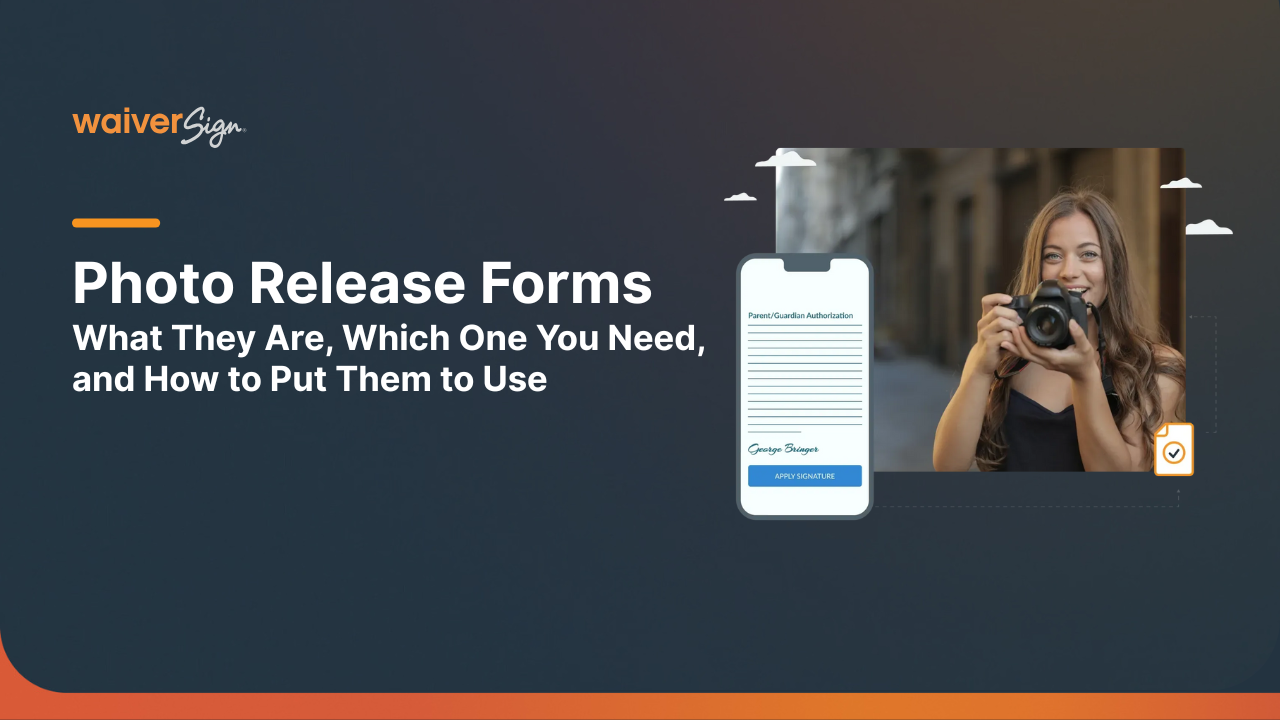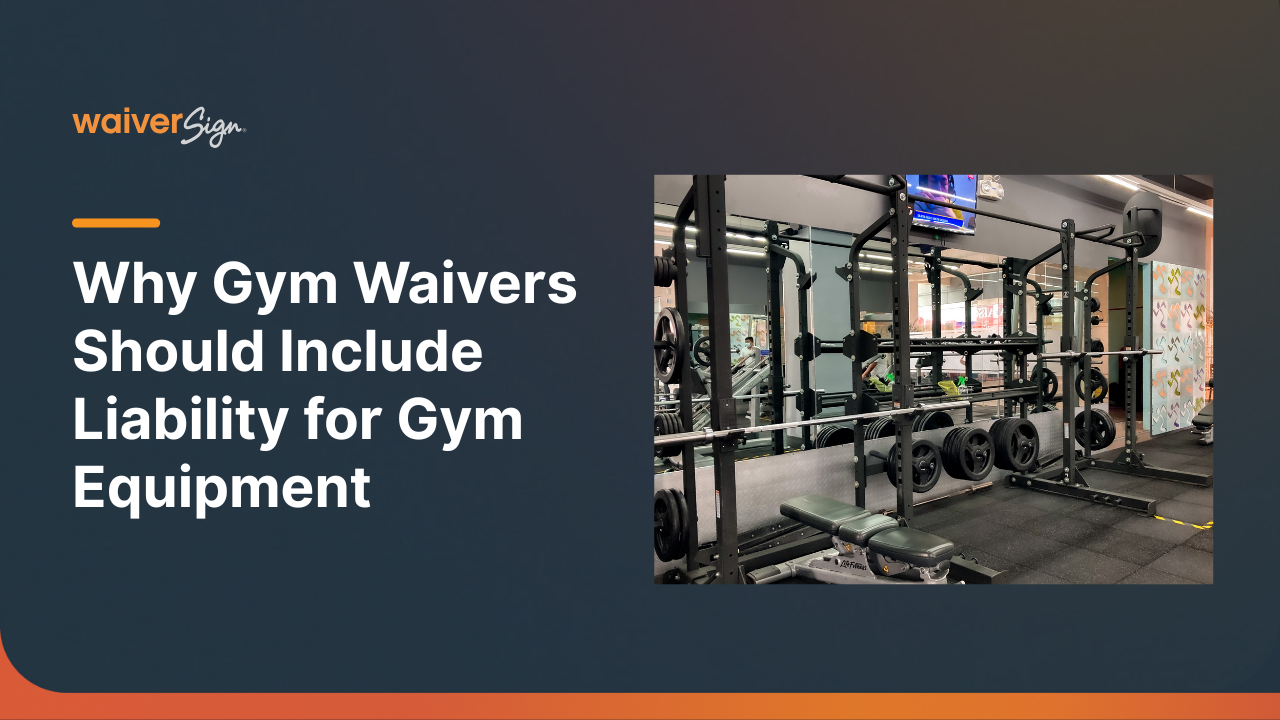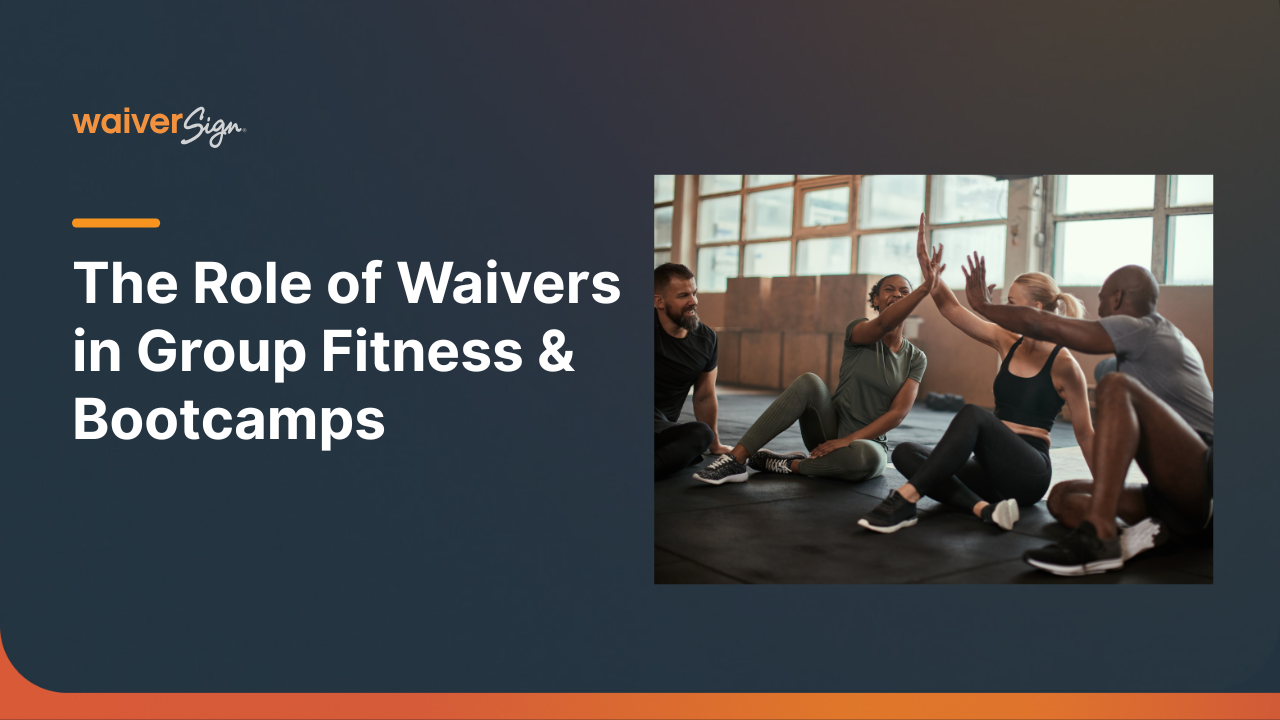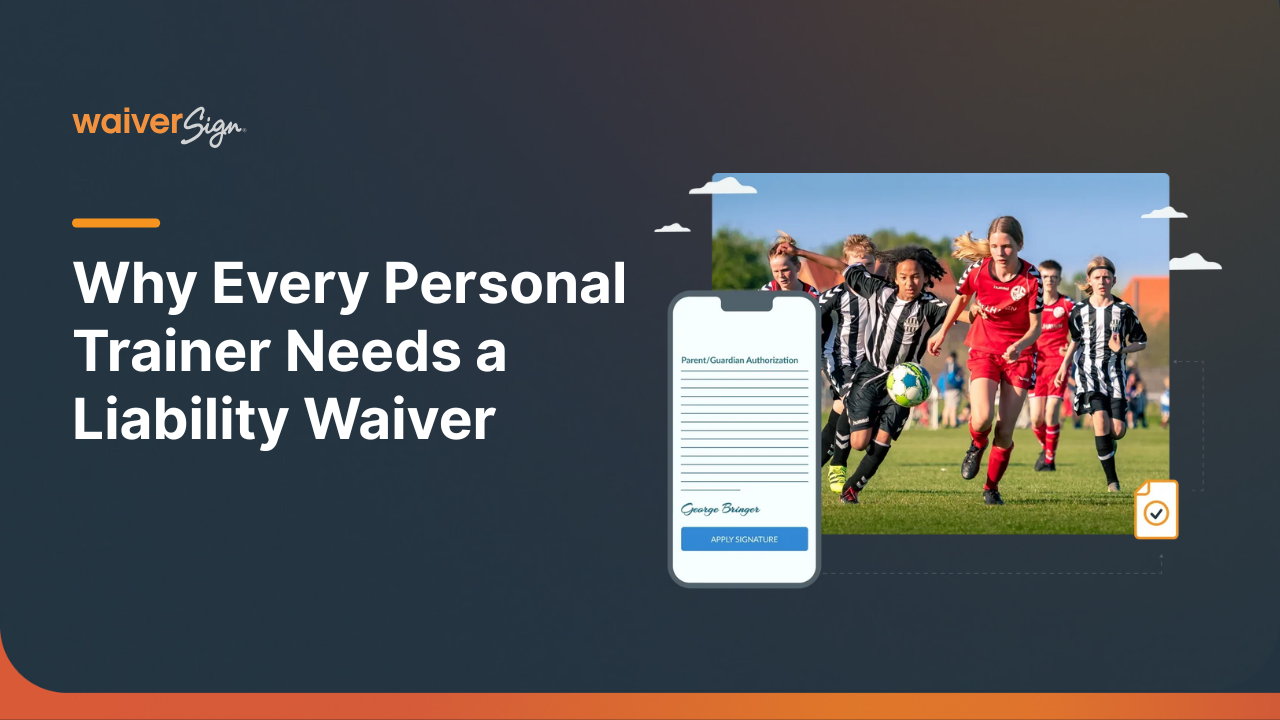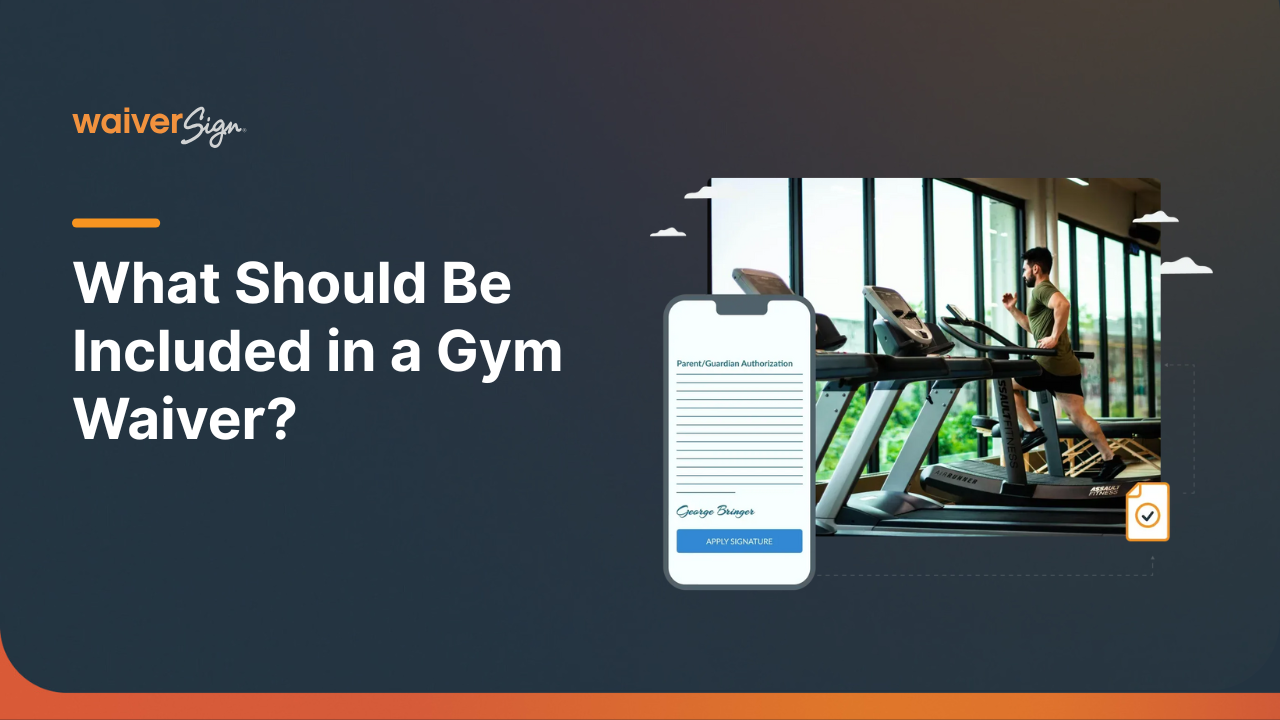Why You Need a Rock Climbing Waiver
Nikki DeSantis
Why You Need a Rock Climbing Waiver
Rock climbing is one of the most rewarding and adventurous activities out there. Whether you run a climbing gym, guide outdoor trips, or host youth programs, you know the thrill that comes when climbers push past their limits. You also know the risks.
Even with top-quality gear, certified instructors, and strict safety rules, climbing is physically demanding and unpredictable. That’s why having a waiver in place isn’t optional, it’s essential.
Here’s why every climbing operator should use a waiver for their participants.
Disclaimer: The information below is for general educational purposes only and should not be taken as legal advice. Every business is unique, so it’s always best to consult with an attorney when drafting or reviewing your waiver.
1. Protect Your Business From Legal Risk
Climbing comes with inherent risks: slips, falls, scrapes, or more serious injuries. Even experienced climbers can get hurt. Without a signed waiver, your business could face legal claims that threaten your financial stability.
A waiver acknowledges those risks up front. It ensures climbers understand the physical demands of the activity and accept responsibility for their participation. While it doesn’t remove risk entirely, it adds a vital layer of protection for your operation.
See what a waiver can look like by checking out this
example rock climbing waiver.
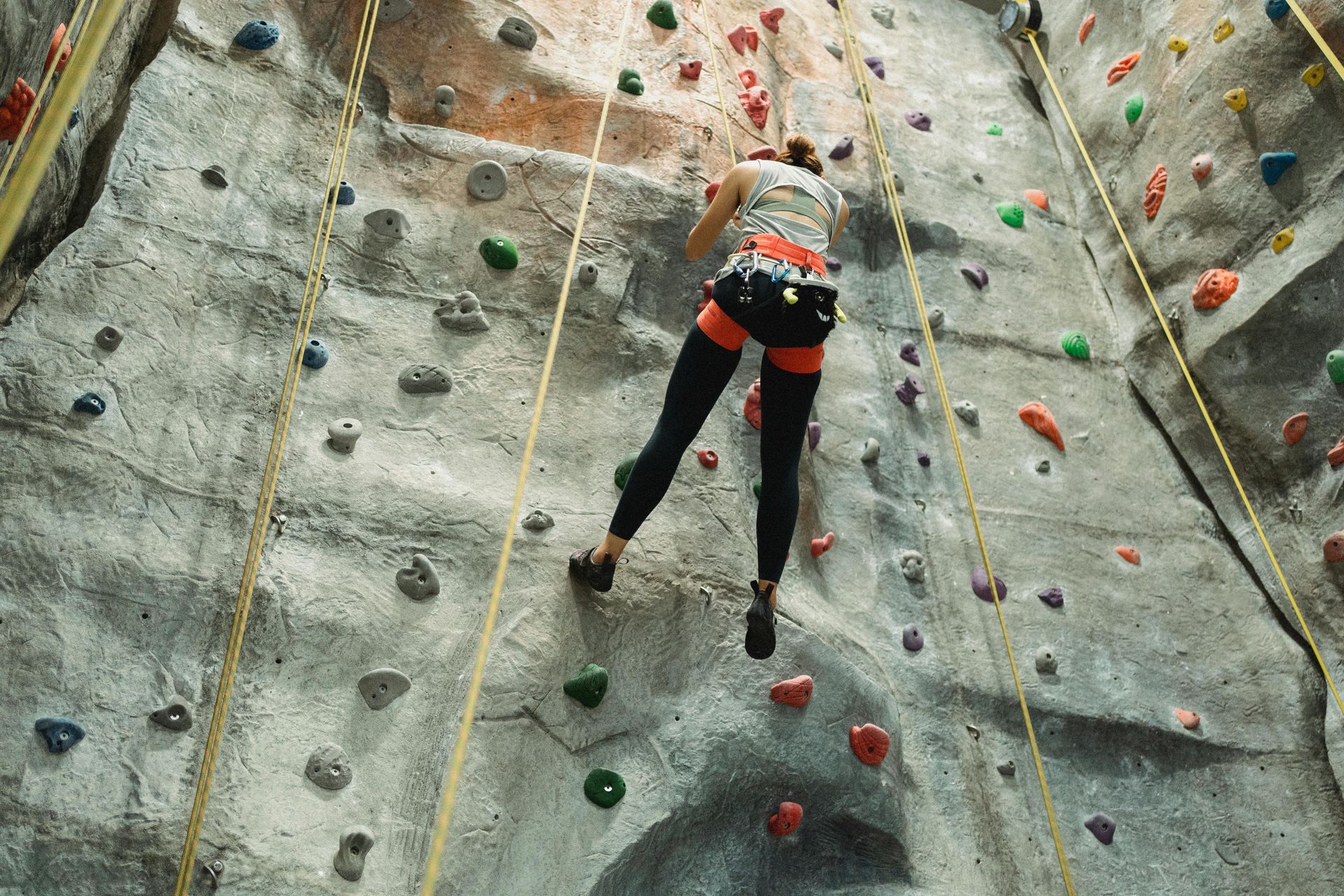
2. Encourage Safety Awareness
A waiver isn’t just about signatures, it’s also an opportunity to emphasize safety. When participants review the risks and rules before climbing, they’re more likely to take those rules seriously once they’re on the wall or out on the rock.
By clearly stating safety policies in your waiver, you reinforce the importance of:
- Proper use of equipment
- Listening to instructor guidance
- Following belay protocols
- Respecting height and weight restrictions
This helps create a culture where safety is top of mind for both staff and climbers.
3. Build Trust With Participants
Climbers want to know you take their wellbeing seriously. A clear, professional waiver signals that your business is organized, transparent, and committed to protecting its community.
Parents of youth climbers, in particular, value this clarity. By outlining both risks and responsibilities, you show honesty and professionalism, which builds confidence in your program.
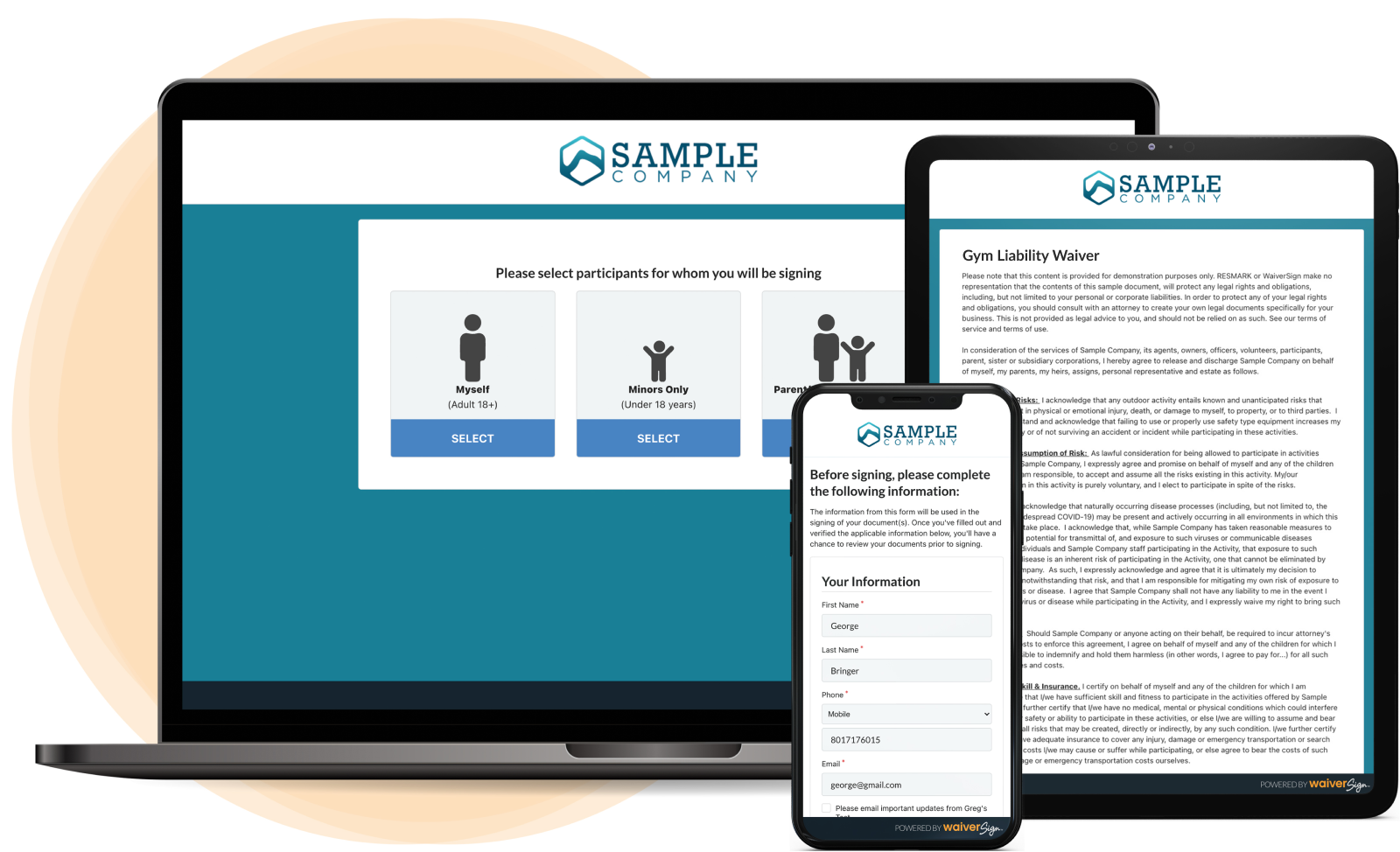
4. Collect Important Participant Information
A climbing waiver can also serve as an information form. Digital waivers let you gather and securely store:
- Emergency contact details
- Medical considerations, such as asthma or prior injuries
- Consent for photos or video use
- Agreement to follow gym or trip policies
This data can be critical in emergencies and helps instructors provide safer, more personalized experiences.
5. Streamline Your Check-In Process
Nothing slows down a climbing session like a stack of paper forms at the front desk. Digital waivers solve that problem. Participants can sign ahead of time from their phone or computer, so check-in is quick and smooth.
For your staff, that means less paperwork, no filing cabinets, and instant access to records when needed. Digital platforms like WaiverSign also allow you to brand your waiver to match your gym or guiding business.
Take a look at WaiverSign’s
rock climbing waiver form to see how easy it can be.
6. Support Insurance and Industry Standards
Most insurance providers for climbing gyms and guiding companies require waivers as part of their coverage. Having a signed waiver on file shows that you’ve taken reasonable steps to protect your business and your clients.
It also demonstrates that you’re following best practices widely recognized in the climbing industry.
FAQs Rock Climbing Waivers
Do rock climbing waivers really protect my business from lawsuits?
Waivers can’t stop someone from filing a claim, but they do provide strong legal protection by showing participants acknowledged the risks and agreed to take responsibility.
What should be included in a rock climbing waiver?
Key items include assumption of risk, release of liability, acknowledgment of safety rules, medical disclosures, emergency contact info, and consent for photos or videos if needed.
Are digital waivers valid for climbing gyms and guiding companies?
Yes. Electronic signatures are legally recognized in the U.S. and many other countries. Digital waivers are often easier to track, store, and retrieve than paper ones.
Do parents need to sign waivers for minors?
Absolutely. Anyone under 18 must have a parent or legal guardian sign the waiver before they can climb. Some operators also require the minor to acknowledge the rules themselves.
How often should participants sign a waiver?
Best practice is to have a waiver signed once per year or when policies change. For drop-in sessions, day trips, or guided climbs, a fresh waiver before each event may be required.
Can I customize a waiver for different climbing activities?
Yes. Many gyms and outfitters adjust waiver language for bouldering, lead climbing, outdoor guiding, or youth programs to clearly outline the specific risks of each activity.
What happens if a participant refuses to sign?
No signature, no climb. Allowing someone to participate without a waiver puts your business at major risk and could impact your insurance coverage.
Make Waivers Part of Your Climbing Culture
Climbing pushes boundaries, builds community, and creates unforgettable memories. To keep that spirit alive, you need systems in place that protect both climbers and your business. A waiver is one of the simplest and most effective tools you can put in place.
With WaiverSign, you can set up branded, mobile-friendly waivers in minutes. Your participants can sign from anywhere, and you can access their information instantly. It’s safer, faster, and more reliable than paper.
Ready to make waivers part of your process? Explore WaiverSign’s rock climbing waiver form today.

See If WaiverSign Works For You
Don't wait to make the next step in streamlining your business.



